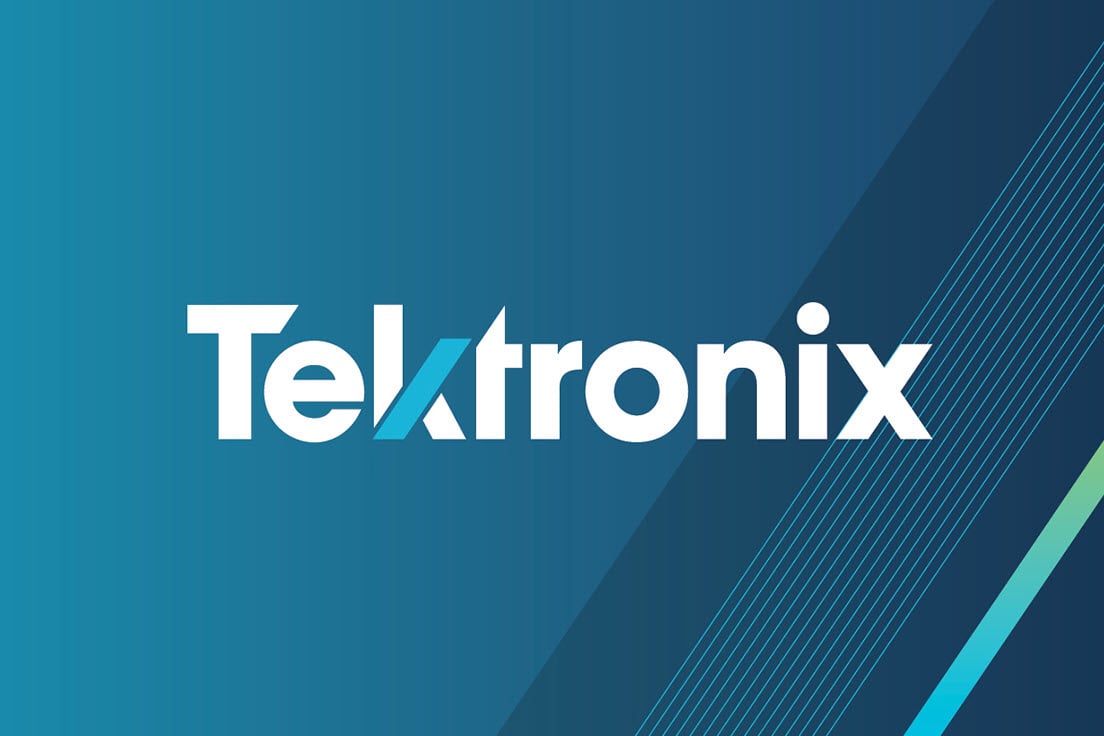

By: Ming Wang, Product Manager, Keithley Instruments, which is part of the Tektronix test and measurement portfolio.

Over the last year, I’ve become increasingly conscious of just how important and pervasive the concept of the Internet of Things (IoT) has become. Pick up any electronics industry trade magazine and you’re bound to read about some new application for IoT devices and sensors. Within the next decade, it’s predicted the IoT will encompass billions or even trillions of wireless devices and sensors employed in applications as diverse as home security systems, lighting and HVAC control, utility monitoring, industrial control and automation, transportation system monitoring, etc. These sensor nodes share architecture similar to wireless IoT smart devices, like those used in medical, health, and fitness monitoring applications. From an electrical engineering job prospects perspective, this can only be good news because each of these devices must be thoroughly characterized during their design and development, then tested quickly, accurately, and cost-effectively during production.
Many device designers consider power management the most challenging aspect of sensor node design. Wireless sensor nodes are often located in hard-to-reach places where access to mains power is impractical. To operate reliably for extended periods on a finite amount of battery power, these tiny wireless devices must consume power frugally. Designers need tools that allow them to examine the power consumption associated with a wireless sensor node’s microcontroller and transceiver in a growing range of operational states. Nodes might remain inactive for long periods in between peak periods of activity for sensor data acquisition and wireless transmission. In other words, the power profile consists of long idle periods (characterized by quiescent current as low as tens of nanoamps) interspersed with active peaks (represented by tens of milliamps at maximum transmit or receive power).

Figure 1. DMM7510 7½-Digit Graphical Sampling Multimeter
Until the introduction of Keithley’s DMM7510 7½-Digit Graphical Sampling Multimeter (Figure 1), no single instrument combined the low current measurement range, resolution, and speed essential for characterizing these types of low power devices with high accuracy. Calculating power consumption demands capturing a current waveform accurately and observing a power profile over time. DMM7510 offers exceptional current measurement capability that is suitable for both deep sleep and active current measurements. The huge reading buffer and touchscreen interface (Figure 2) makes it easy to capture a pulse profile, then zoom in to view small changes associated with a sensor node’s various operating states.
With the DMM7510, you can:
- Get the sensitivity needed for measuring ultra-low level signals with 100mV, 1Ω, and 10µA ranges
- Capture and visualize waveforms or transients with a built-in 18-bit, 1MS/sec digitizer
- Analyze captured results easily via the five-inch touchscreen interface

Figure 2. Example multi-level active mode current pulse profile.
For further details on characterizing ultra-low power consumption of a typical wireless sensor node, download our application note, Analyzing Ultra-Low Power Consumption in Wireless Sensor Node Applications. Or to learn more about what makes the DMM7510 Graphical Sampling Multimeter different than any previous digital multimeter, study the datasheet. For a quick reference on how to avoid uncertainty when making DMM measurements, request a free copy of our new poster, Top 5 DMM User Questions.


